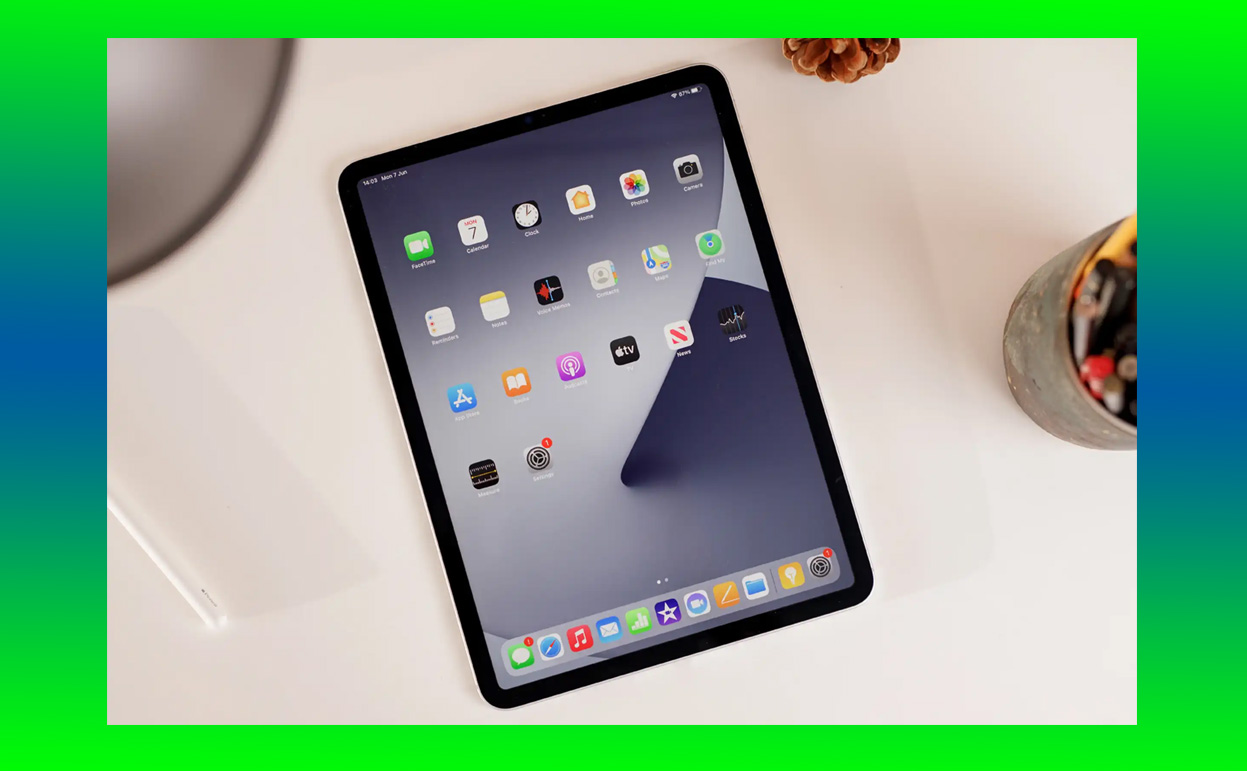My iPad Froze on Me, Here’s How I Fixed It Without a Trip to the Store
Nothing disrupts your flow quite like an unresponsive screen, especially when you’re relying on your iPad to get work done, entertain yourself, or simply browse the web. I experienced this firsthand when my trusty iPad froze without warning. It wouldn’t respond to touch, swiping, or even the power button.

Frustration? Off the charts. But instead of rushing to the Apple Store, I took matters into my own hands. Here’s exactly what I did to fix the issue, along with a complete guide to troubleshooting a frozen or unresponsive iPad screen.
The Freezing Incident: What Went Wrong
One moment, I was seamlessly multitasking between apps; the next, my iPad screen froze. It wasn’t just lagging—it completely locked up. No matter how much I swiped, tapped, or pressed the Home button, nothing worked. This wasn’t just a minor glitch; my iPad had become unusable.
Common Causes of iPad Screen Freezing
Before diving into solutions, it’s essential to understand why iPads freeze. Here are the most common culprits:
- Software Bugs: A glitch in iPadOS can cause the screen to become unresponsive.
- App Crashes: Faulty or unoptimized apps may overload the system.
- Storage Overload: When your storage is full, your iPad may struggle to operate smoothly.
- Outdated Software: Older versions of iPadOS often contain bugs that are resolved in updates.
- Physical Damage: Cracks or internal hardware issues can also result in screen malfunctions.
Knowing this helped me systematically tackle the problem.
Step 1: Start With a Soft Reset
The first thing I tried was the simplest: a soft reset. This method doesn’t erase any data but forces the iPad to restart, clearing temporary glitches.
How to Perform a Soft Reset:
- Press and hold the Power (Top) button until the Slide to Power Off slider appears.
- Drag the slider to turn off the iPad.
- Wait about 30 seconds, then press and hold the Power button again until the Apple logo appears.
This fixed minor freezes in the past, but this time, my iPad remained frozen. It was time to try something more forceful.
Step 2: Try a Hard Reset
When a soft reset doesn’t work, a hard reset can force your iPad to reboot. This method is often effective for more severe freezes.
How to Perform a Hard Reset:
For iPads with Face ID or no Home button:
- Quickly press and release the Volume Up button.
- Quickly press and release the Volume Down button.
- Press and hold the Power (Top) button until the Apple logo appears.
For iPads with a Home button:
- Press and hold the Home and Power buttons simultaneously until the screen goes black and the Apple logo appears.
A hard reset worked like magic for me, bringing my iPad back to life in just a few seconds.
Step 3: Update iPadOS
After the hard reset, I realized my iPad’s software hadn’t been updated in months. Outdated software can be a breeding ground for bugs, so I decided to check for updates.
How to Update iPadOS:
- Go to Settings > General > Software Update.
- If an update is available, tap Download and Install.
Updating to the latest version of iPadOS not only fixed minor glitches but also enhanced my iPad’s overall performance. However, if your screen is frozen and you can’t access the settings, you’ll need to connect your iPad to a computer (more on that below).
Step 4: Free Up Storage Space
Another potential cause of screen freezing is insufficient storage. My iPad was nearly full, so I decided to clear out unnecessary files.
Steps to Free Up Space:
- Go to Settings > General > iPad Storage.
- Review the list of apps to see which are taking up the most space.
- Delete unused apps, large files, or old media that you no longer need.
- Use the Offload Unused Apps feature to remove app data while keeping essential files.
After freeing up 10GB of space, my iPad became noticeably faster and more responsive.
Step 5: Check for Problematic Apps
Sometimes, a specific app can cause the screen to freeze. I identified this by noticing the problem often occurred while using a particular app.
How to Fix App-Related Issues:
- Force close the app by swiping up from the bottom of the screen (or double-pressing the Home button) and swiping the app off the screen.
- Delete and reinstall the app if it continues to cause problems.
- Report the issue to the app developer through the App Store.
Deleting a problematic app resolved many of my iPad’s freezing issues.
Step 6: Reset All Settings
If none of the above solutions work, resetting all settings can resolve underlying configuration issues without erasing your data.
How to Reset All Settings:
- Go to Settings > General > Transfer or Reset iPad > Reset.
- Tap Reset All Settings and enter your passcode to confirm.
This step fixed minor settings-related glitches, but my freezing issue persisted, so I moved on to more advanced solutions.
Step 7: Restore Your iPad via iTunes or Finder
When all else fails, restoring your iPad to its factory settings can eliminate stubborn software problems.
Steps to Restore via Computer:
- Connect your iPad to your Mac or PC using a Lightning or USB-C cable.
- Open Finder (macOS Catalina or later) or iTunes (Windows or older macOS).
- Put your iPad into Recovery Mode:
- For iPads with Face ID: Quickly press Volume Up, Volume Down, then hold the Power button until the recovery screen appears.
- For iPads with a Home button: Press and hold the Home and Power buttons until the recovery screen appears.
- Choose Restore to erase and reinstall iPadOS.
Restoring my iPad resolved the freezing issue entirely. I set it up as new, ensuring no corrupted files were reintroduced.
Step 8: Inspect for Hardware Damage
If your iPad continues to freeze after a factory reset, hardware issues may be the cause. For example:
- Cracks or Screen Damage: A damaged screen can affect touch responsiveness.
- Battery Issues: An old or failing battery can cause instability.
At this stage, contacting Apple Support or visiting an Apple Store is recommended. They can run diagnostics to identify hardware problems.
Preventing Future Freezing Issues
After fixing my iPad, I implemented a few habits to keep it running smoothly:
- Regular Updates: Keep iPadOS and apps updated.
- Adequate Storage: Maintain at least 10-15% free storage.
- Restart Weekly: A regular restart clears temporary files and refreshes the system.
- Use Reliable Accessories: Poor-quality chargers or cables can cause power issues.
Conclusion: A Frozen Screen Doesn’t Mean the End
My iPad freezing was frustrating, but with persistence and a methodical approach, I managed to fix it without a trip to the store. Whether it’s a simple soft reset, clearing up storage, or performing a full restore, there’s a solution to almost every problem.
If your iPad screen ever freezes, don’t panic. Try the steps outlined above—you might be surprised at how much you can fix on your own. By understanding the root causes and maintaining your device, you can enjoy a smooth iPad experience for years to come.
Also Check:
- When a Regular Wi-Fi Network isn’t Available Can Roku Connect to Hotspot? Yes, and…
- Can Roku Connect to Bluetooth Speakers? A Comprehensive Guide
- How to Use Bluetooth with Roku Devices: Everything You Need to Know
- Can Roku Connect to Bluetooth? Your Complete Guide
- How to Connect Your Roku to a Hotspot: A Step-by-Step Guide
